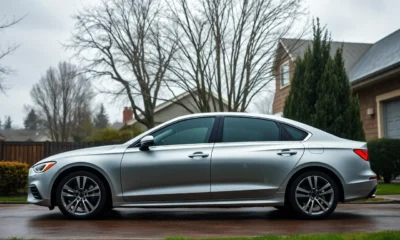Insurance
The Rise of Usage-Based Auto Insurance: Is It Right for You?
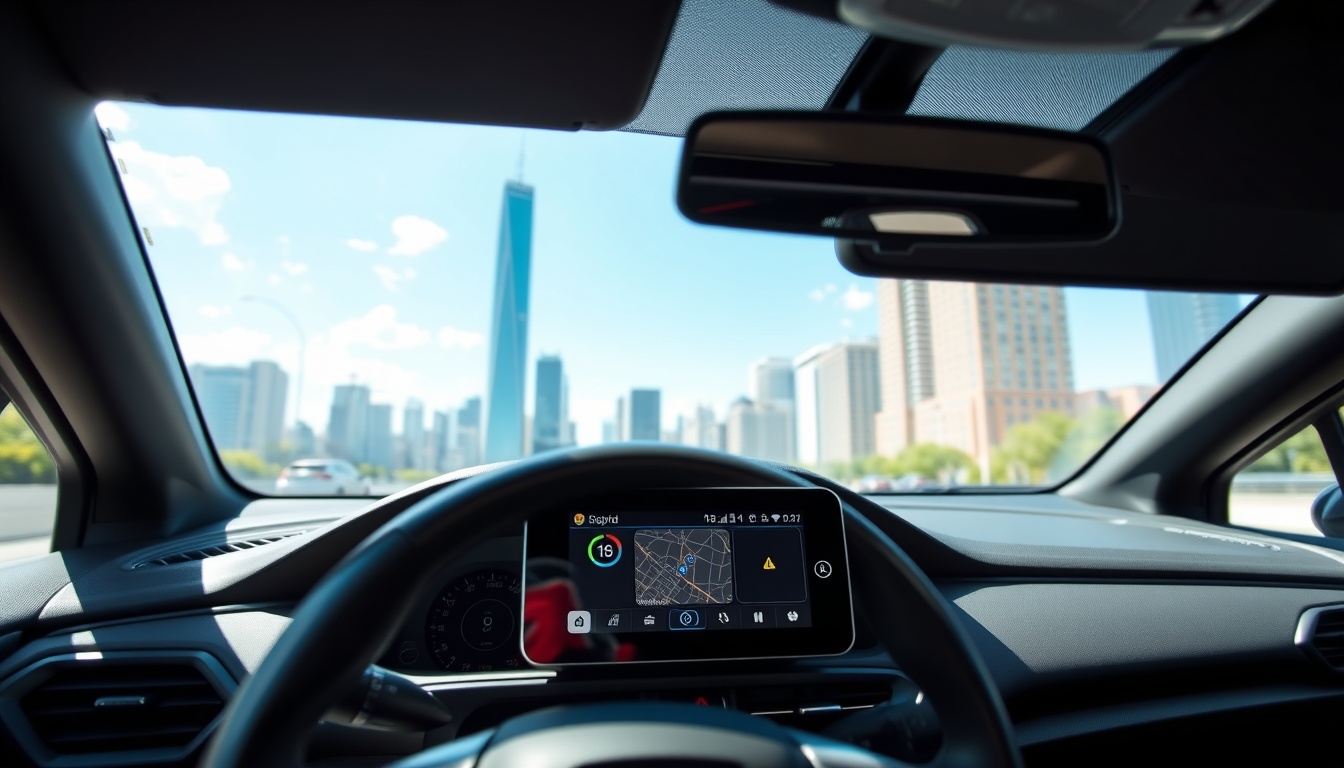
Introduction
In today’s digital era, the concept of usage-based auto insurance is rapidly transforming how drivers manage their coverage. Instead of a fixed monthly premium, usage-based insurance calculates your payments based on how, when, and where you drive. This data-driven approach can potentially save you money, reward safe driving habits, and encourage more mindful vehicle use. But is it really the right choice for you?
In this blog, we’ll explore how usage-based auto insurance works, weigh its advantages and disadvantages, and even share tips on maintaining consistency, mental wellness, and productive habits to make smart financial and personal decisions. Let’s dive in.
What is Usage-Based Auto Insurance?
Usage-based auto insurance, often referred to as pay-as-you-drive or pay-how-you-drive insurance, is a model where your insurance premium is tied to your driving behavior. Insurers use telematics devices, smartphone apps, or built-in car technology to track factors such as:
- Mileage
- Speed
- Braking habits
- Time of day you drive
- Routes taken
The data is collected, analyzed, and then used to adjust your premium. For example, if you drive fewer miles or drive during safer hours, you could receive a discount compared to a traditional fixed premium.
How Usage-Based Auto Insurance Works
At its core, usage-based insurance relies on telematics, a combination of GPS, sensors, and data transmission technologies. Here’s a simplified flow:
- Device installation or app activation: You install a small telematics device in your car or use your insurer’s smartphone app.
- Data collection: The device records metrics like acceleration, hard braking, cornering, and even your phone usage while driving.
- Data analysis: The insurer evaluates your risk profile based on the collected data.
- Premium adjustment: Your premium may decrease (or in rare cases, increase) depending on how safely you drive.
This model rewards responsible, cautious drivers while encouraging more mindful road behavior.
Pros of Usage-Based Auto Insurance
Let’s break down the biggest benefits:
Personalized pricing – Your premium is customized to reflect your actual driving habits, not broad demographic assumptions.
Potential savings – If you drive fewer miles or drive safely, you can see significant cost savings.
Incentive for safe driving – Knowing your habits are being monitored may motivate you to drive more carefully.
Environmental benefits – Driving less means fewer emissions, which can positively impact the environment.
Data transparency – Many insurers provide dashboards so you can see your driving score in real time.
Cons of Usage-Based Auto Insurance
Of course, there are also important downsides to consider:
Privacy concerns – Constant tracking may feel invasive.
Higher rates for risky drivers – If your driving behavior is below par, you could see higher premiums.
Data accuracy – Some drivers worry about inaccurate data or technical glitches.
Limited options – Not all insurers offer usage-based products, so your choices might be restricted.
Ultimately, whether usage-based auto insurance is a good fit depends on your comfort with sharing data and your personal driving style.
Is Usage-Based Auto Insurance Right for You?
To decide, ask yourself:
- Do I drive less than the average person?
- Am I generally a safe, cautious driver?
- Am I comfortable sharing driving data with my insurer?
- Would real-time feedback on my driving help me improve?
If you answer yes to most of these, usage-based auto insurance might be an ideal option.
Tips for Maintaining Consistency With Your Driving Habits
Whether you go usage-based or stick with traditional insurance, consistency is key to building good habits. Here’s how you can maintain consistency in your driving and broader life:
Set regular reminders – Just like setting reminders for bill payments, set reminders to review your driving data.
Build a routine – Consistent routines reduce the risk of reckless, hurried driving.
Track your performance – Use your insurer’s app to see patterns and correct mistakes early.
Practice safe habits daily – Smooth braking, observing speed limits, and avoiding distractions should be automatic behaviors.
Consistency is not just about insurance — it’s a life skill that benefits mental wellness and productivity, too.

How to Balance Study-Life and Mental Wellness While Managing Insurance
You might be wondering, “What does mental wellness or study-life balance have to do with auto insurance?” Actually, quite a lot. Financial worries can disrupt your focus, especially if you’re a student or a busy professional. Here’s how to manage:
Simplify – Automate your insurance payments so you don’t stress about due dates.
Stay organized – Keep digital copies of all policy documents in one folder.
Build a self-care routine – Include relaxation, exercise, and social activities to balance out the mental load of financial planning.
Avoid overthinking – Once you pick a policy, stick with it unless there’s a compelling reason to change.
Remember, your mind is your greatest asset. Keeping it calm and steady will help you handle all of life’s moving parts, including insurance decisions.

Building Productive Habits to Save on Usage-Based Insurance
If you choose usage-based auto insurance, your driving habits are directly tied to your costs. Think of it as a powerful motivator to build productive habits, such as:
Drive during low-risk hours – Avoid late-night or rush-hour traffic.
Keep trips efficient – Plan errands to minimize mileage.
Stay focused – Avoid phone distractions, even hands-free.
Stay within speed limits – Speeding tickets cost you in more ways than one.
Be mindful of braking – Gentle braking helps both your safety score and your car’s long-term health.
These habits are a win-win: they save you money while protecting your peace of mind.

Real-Life Stories: Finding Motivation in Others’ Experiences
Sometimes a personal story is the best motivation. Here are two inspiring, real-world examples:
Sarah, a college student – Sarah drove less than 200 miles per month commuting to classes. She signed up for usage-based insurance and cut her premiums by 45%, using the savings to invest in a wellness retreat that reduced her stress during finals.
Michael, a busy sales rep – Michael knew his aggressive driving was costing him, both financially and mentally. Switching to a usage-based plan forced him to monitor his hard braking and phone use. Within six months, he noticed not only lower insurance bills but also less road rage and better overall focus.
Hearing how others found motivation through usage-based policies can help you build the discipline to stick with positive habits, both behind the wheel and in life.
Motivation Hacks to Stay Disciplined
Here are some quick hacks you can apply to keep your insurance (and life) on track:
Use a reward system – Treat yourself when you maintain good driving scores.
Visualize your goal – A mental picture of stress-free insurance bills can be a strong motivator.
Track progress visibly – Post your driving scores on a bulletin board to keep them top-of-mind.
Pair habits – For example, review your insurance app every time you refill your gas tank.
When motivation dips, revisit these hacks to stay inspired.
Final Thoughts
Usage-based auto insurance is transforming the landscape of how we pay for coverage. It promises fairer, data-driven pricing and encourages safer roads. However, it’s not for everyone. Think carefully about your driving patterns, comfort with data sharing, and desire to build consistent habits.
With the right mindset and self-discipline, you can make usage-based auto insurance a money-saving, motivating tool that supports not only your financial goals but also your personal growth.
Car Insurance
Comparing Online vs Agent-Based Car Insurance: Pros & Cons

Introduction
Car insurance is one of the most essential financial protections for drivers in the United States. Whether you own a brand-new SUV, a family sedan, or a used pickup, having reliable car insurance is not just a legal requirement but also a financial safety net.
But when it comes to purchasing car insurance, drivers often face a common question: Should I buy car insurance online or go through an agent?
Both methods have advantages and disadvantages, and the right choice depends on your preferences, budget, and comfort level. In this article, we’ll compare online car insurance vs agent-based car insurance, highlighting their pros and cons so you can make a smarter decision in 2025.

What is Online Car Insurance?
Online car insurance refers to purchasing and managing your auto insurance policy through a company’s website or mobile app. It has become increasingly popular due to its speed, transparency, and convenience.
Consumers can compare quotes, customize coverage, and even file claims digitally without ever speaking to an agent.

What is Agent-Based Car Insurance?
Agent-based car insurance involves working with a licensed insurance professional. These agents either represent a single insurer (captive agent) or multiple insurance companies (independent agent).
Agents help customers choose coverage, understand policies, and provide personalized advice—something online platforms may lack.
Online Car Insurance: Pros & Cons
✅ Pros of Online Car Insurance
- Convenience – Get instant quotes and purchase a policy anytime, anywhere.
- Cost Savings – Online insurers often cut administrative costs, leading to lower premiums.
- Easy Comparison – Websites and aggregators allow you to compare multiple insurers quickly.
- Transparency – Clear details on coverage, terms, and exclusions without pressure from a salesperson.
- 24/7 Access – Manage your policy, download ID cards, and file claims online.
❌ Cons of Online Car Insurance
- Limited Guidance – No professional agent to explain coverage or recommend the best options.
- Overlooking Coverage Gaps – Buyers may choose cheaper policies that lack essential protection.
- Customer Support Challenges – Digital-only insurers may not offer strong personalized support.
- Tech Dependency – Requires comfort with digital platforms, apps, and online forms.
Agent-Based Car Insurance: Pros & Cons
✅ Pros of Agent-Based Car Insurance
- Personalized Service – Agents analyze your needs and suggest the most suitable coverage.
- Claims Assistance – Agents guide you through filing claims and negotiating settlements.
- Trust & Relationship – Many people value human interaction and long-term professional relationships.
- Tailored Recommendations – Great for complex cases (multiple cars, young drivers, or bundled policies).
❌ Cons of Agent-Based Car Insurance
- Higher Costs – Agents may earn commissions, making premiums slightly more expensive.
- Limited Availability – You may need appointments or business hours to connect with your agent.
- Bias in Recommendations – Captive agents might only sell policies from one insurer.
- Slower Process – Comparing multiple companies through agents takes more time.
Key Differences Between Online & Agent-Based Car Insurance
| Feature | Online Car Insurance | Agent-Based Car Insurance |
|---|---|---|
| Convenience | 24/7 access, instant quotes | Limited to office hours |
| Cost | Often cheaper | Slightly higher (commissions) |
| Guidance | Self-service | Expert advice |
| Claims Help | Customer service centers | Agent assistance |
| Best For | Tech-savvy, budget-conscious drivers | Drivers who want personal support |
Which One Should You Choose?
The choice between online vs agent-based car insurance depends on your priorities:
- If you prefer low costs, fast sign-ups, and digital management, online insurance may suit you.
- If you value expert advice, claims support, and tailored coverage, an agent might be the better option.
Many drivers in 2025 are adopting a hybrid approach—researching quotes online and then confirming details with an agent before purchasing.
Tips for Choosing the Best Car Insurance in 2025
- Compare Multiple Quotes – Use online comparison tools to check at least 3–5 insurers.
- Ask About Discounts – Safe driver, multi-car, and bundling home + auto can lower costs.
- Understand Deductibles – A higher deductible means lower premiums but higher out-of-pocket expenses.
- Check Customer Reviews – See how companies handle claims and customer support.
- Balance Price & Coverage – The cheapest policy may not always provide the best protection.

Conclusion
Choosing between online car insurance vs agent-based car insurance ultimately depends on your lifestyle, comfort with technology, and need for personal guidance.
- Online car insurance is ideal for budget-conscious, tech-savvy drivers.
- Agent-based car insurance is better for those who prefer human advice and long-term relationships.
The smartest approach is to compare both methods before making a decision. By doing so, you’ll get the right coverage at the best possible price.
Internal & External Links
- Internal Link: Top 10 Ways to Save on Car Insurance During Inflation
- Internal Link: How to Lower Your Auto Insurance Premium in 2025
- External Link: NAIC: Understanding Auto Insurance
- External Link: III.org: Auto Insurance Basics
Insurance
Should You Increase Your Deductible to Reduce Premiums?

Introduction
When shopping for auto, home, or health insurance in the U.S., one of the most common questions policyholders ask is: “Should I increase my deductible to reduce premiums?”
The deductible—the amount you pay out-of-pocket before your insurance kicks in—directly impacts your monthly or annual premium. Increasing it often leads to lower premium payments, but this decision isn’t always simple. It depends on your financial stability, risk tolerance, and claims history.
In this guide, we’ll break down how deductibles work, the advantages and risks of increasing them, and practical tips to make the right choice.
What is a Deductible?
A deductible is the portion of a claim you’re responsible for before your insurer covers the rest.
- Example: If you have a $500 deductible and file a $2,500 claim, you pay $500 while your insurance pays $2,000.
- Higher deductible → Lower premium
- Lower deductible → Higher premium
This trade-off is at the heart of the deductible decision.
How Increasing a Deductible Reduces Premiums
Insurance companies reward policyholders who are willing to take on more financial responsibility by charging lower premiums.
Why premiums drop:
- Lower risk for insurer → You’re less likely to file small claims.
- Higher out-of-pocket costs → Insurers save money when you take on more upfront responsibility.
- Financial discipline → Customers with higher deductibles often file fewer claims.
💡 Example:
- $500 deductible → $1,600 annual premium
- $1,000 deductible → $1,300 annual premium
- $2,000 deductible → $1,000 annual premium
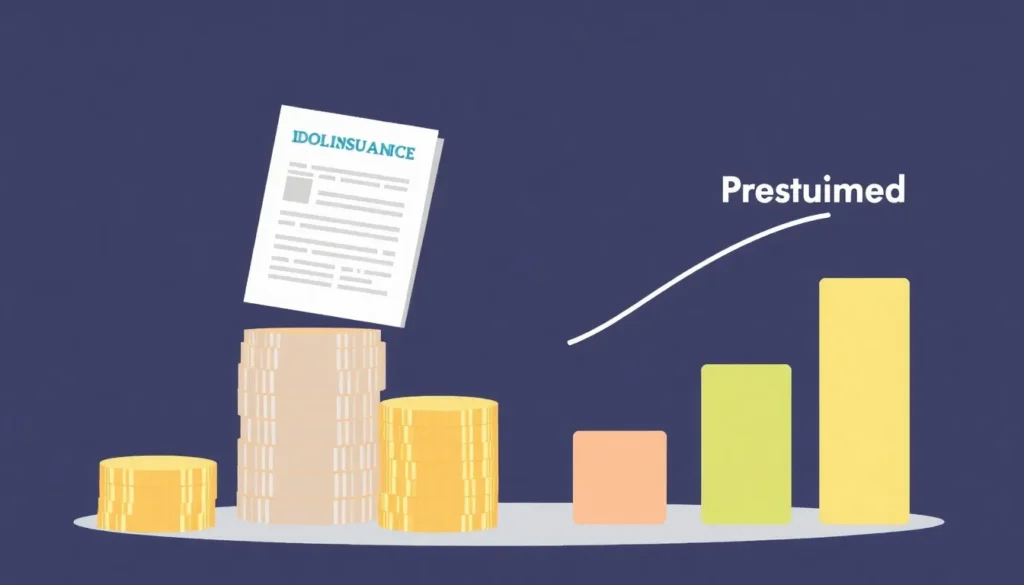
Benefits of Raising Your Deductible
- Lower Monthly/Annual Premiums
This is the biggest reason people choose higher deductibles. The savings can add up significantly over time. - Long-Term Cost Efficiency
If you’re a safe driver or rarely make claims, a higher deductible may save you hundreds each year. - Encourages Responsible Claims
With more at stake, you’ll avoid filing unnecessary small claims that could increase your rates later.

Risks of Increasing Your Deductible
While the savings are attractive, higher deductibles come with financial risks.
- Bigger Out-of-Pocket Burden
If an accident occurs, you’ll need to pay more upfront before coverage kicks in. - Emergency Fund Required
Without adequate savings, a high deductible could create financial stress during a claim. - Not Always Worth It for Frequent Claimants
If you live in a high-risk area (e.g., flood, theft, accident-prone roads), the savings might not outweigh the risks.

How to Decide If Raising Your Deductible is Right for You
Here’s a framework to help you decide:
- Step 1: Evaluate Savings → Compare premium reductions at different deductible levels.
- Step 2: Check Your Emergency Fund → Do you have at least 3-6 months of expenses saved?
- Step 3: Review Your Risk Profile → Safe drivers or homeowners in low-risk areas benefit more.
- Step 4: Think Long-Term → Consider how often you’ve filed claims in the past.
Practical Scenarios
Scenario 1: Safe Driver in Suburbs
- Rarely files claims
- $1,000 deductible saves $400/year
- A good candidate for higher deductible
Scenario 2: City Driver with Frequent Accidents
- Claims every 1–2 years
- Savings wiped out by higher deductible
- Better to stick with a lower deductible
Tips Before Increasing Your Deductible
✔️ Always compare quotes with different deductible levels
✔️ Build an emergency fund first
✔️ Avoid raising it too high (balance is key)
✔️ Review annually as financial situation changes
Internal & External Links
- Internal Link (example for your site): Top 10 Ways to Save on Car Insurance During Inflation
- External Link: National Association of Insurance Commissioners (NAIC) – Understanding Deductibles
Conclusion
So, should you increase your deductible to reduce premiums? The answer depends on your financial cushion, lifestyle, and risk tolerance. If you rarely file claims and have a strong emergency fund, raising your deductible can be a smart money-saving strategy. But if you live in a high-risk area or struggle to cover out-of-pocket expenses, a lower deductible may be safer.
Auto Insurance
How to Lower Your Auto Insurance Premium in 2025
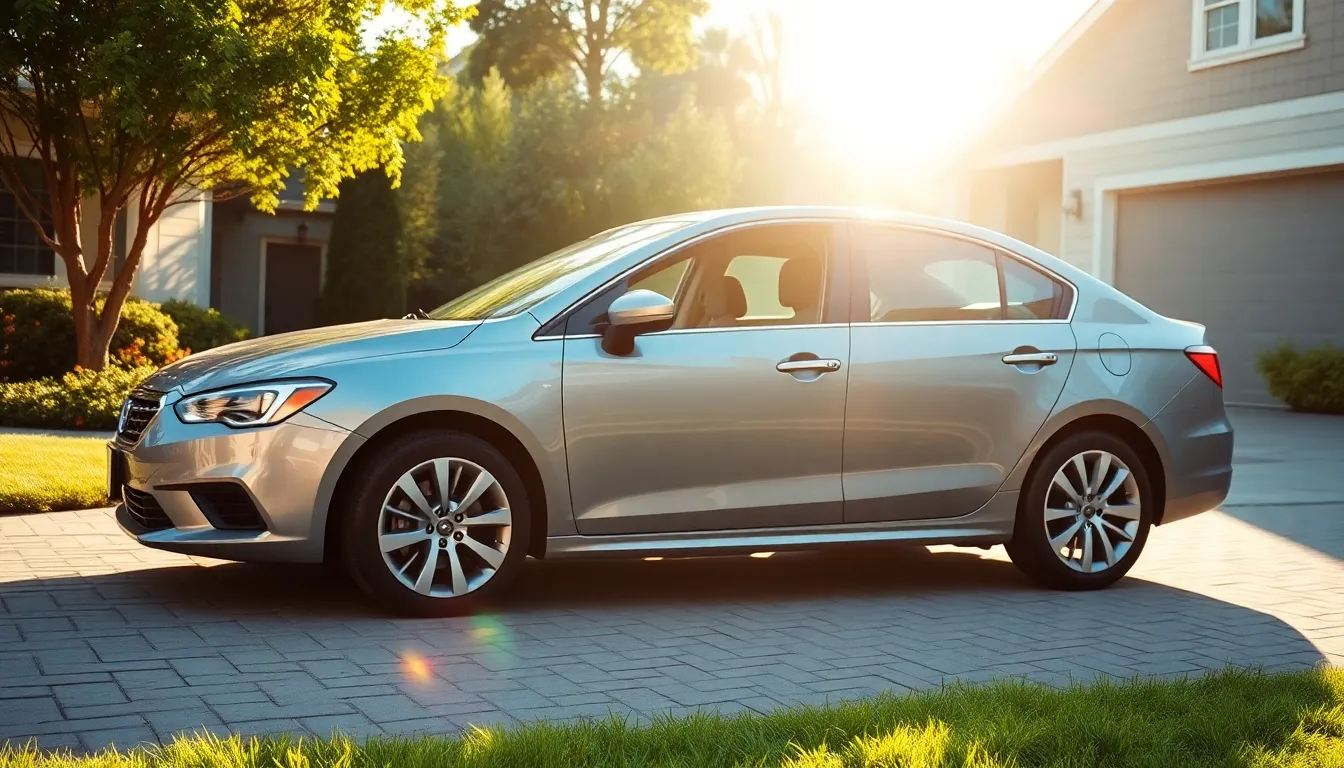
Car insurance is getting more expensive every year, and 2025 is no exception. With inflation, advanced vehicle technology, and rising claim costs, many drivers in the USA are searching for ways to lower their auto insurance premium. The good news is that insurance companies still offer several opportunities to reduce your rates if you know the right strategies.
In this guide, we’ll explore practical steps you can take in 2025 to cut down your auto insurance premium without compromising on coverage. From choosing the right policy to making lifestyle adjustments, you’ll find actionable tips that can help you save hundreds of dollars annually.
Why Auto Insurance Premiums Are Rising in 2025
Before we jump into saving strategies, let’s quickly understand why premiums are climbing:
- Advanced Car Technology: Modern vehicles have sensors, cameras, and AI-driven features. While safer, repairs cost more.
- Medical Inflation: Accident-related medical bills continue to rise, leading to higher claims.
- Climate Change Impact: More severe weather events mean increased accident and damage claims.
- Distracted Driving: Rising crash rates from smartphone use push insurers to increase premiums.
Knowing these factors will help you make sense of why lowering your auto insurance premium requires both smart shopping and responsible driving.
1. Shop Around and Compare Quotes
One of the easiest ways to lower your auto insurance premium is to shop around. Insurance companies calculate rates differently, so you might save hundreds by switching.
👉 Use tools like NerdWallet’s car insurance comparison or The Zebra to get multiple quotes instantly.
- Tip: Compare at least 4–5 insurers before making a decision.
📌 Image Placement Suggestion #1 (Banner Image)
- Prompt: “A family car parked in a suburban driveway with sunlight shining, symbolizing affordable auto insurance savings, clean professional stock photo style.”
- Alt Text: “Car in suburban driveway representing affordable auto insurance premium savings.”
2. Increase Your Deductible
A higher deductible means you’ll pay more out-of-pocket if an accident happens, but it lowers your monthly premium.
- Example: Raising your deductible from $500 to $1,000 could reduce your premium by up to 20%.
- Make sure you can afford the higher deductible in case of an accident.
3. Maintain a Good Credit Score
In most U.S. states, your credit score significantly affects your auto insurance premium. Insurers see drivers with higher credit scores as more reliable.
- Pay bills on time
- Keep credit utilization low
- Check your credit report regularly
👉 Internal Link Suggestion: Link this section to your own blog post on “How Credit Score Affects Car Insurance in the USA” (if you have one).
4. Bundle Policies with the Same Insurer
If you own a home or rent, bundling your auto insurance with home or renters insurance can save you up to 25%.
- Ask your insurer about multi-policy discounts
- Even bundling with life insurance sometimes brings savings
5. Use Telematics or Usage-Based Insurance
Many insurers in 2025 are offering usage-based programs where they track your driving habits using a mobile app or device installed in your car.
- Safe drivers can earn discounts of 15–40%
- Good for people who don’t drive often
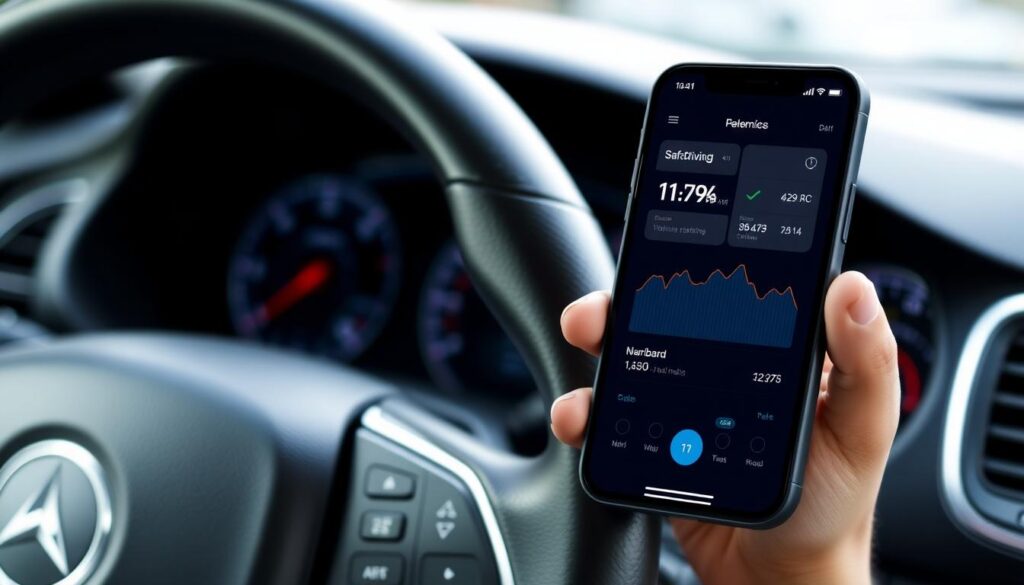
6. Ask About Discounts You May Qualify For
Most drivers don’t realize how many discounts are available. Some common ones in 2025 include:
- Good student discount
- Defensive driving course discount
- Military or veteran discount
- Loyalty discount
- Low-mileage discount
👉 External Link Suggestion: Insurance Information Institute – Auto Insurance Discounts
7. Drive Safely and Keep a Clean Record
Nothing impacts your auto insurance premium more than your driving history. Avoiding tickets and accidents is the fastest way to lower rates.
- A single speeding ticket can raise your premium by 20–30%
- After 3–5 years of clean driving, you’ll qualify for safe driver discounts

8. Choose Your Car Wisely
Your vehicle type directly affects your insurance cost.
- SUVs and sports cars usually have higher premiums
- Family sedans and cars with strong safety ratings are cheaper to insure
- Consider insurance costs before buying a new car
9. Pay Annually Instead of Monthly
Many insurance companies charge extra fees for monthly payments. Paying the premium annually can save you up to 10%.
10. Review and Adjust Coverage Regularly
Don’t keep paying for coverage you no longer need.
- Drop collision/comprehensive coverage on older cars
- Reassess your policy every year to make sure it still matches your lifestyle

Final Thoughts
Lowering your auto insurance premium in 2025 is absolutely possible if you’re proactive. From comparing quotes and using telematics to driving safely and adjusting coverage, each step can save you money.
The key is to treat insurance like any other major expense—review it often, shop around, and take advantage of every discount available. With the right approach, you can cut costs without losing essential protection.
✅ Internal Link Example:
✅ External Link Example:
-

 Auto Insurance4 months ago
Auto Insurance4 months agoBest Auto Insurance Companies for Electric Vehicles in 2025
-
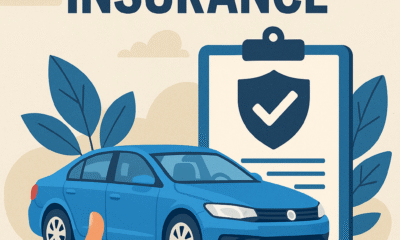
 Insurance5 months ago
Insurance5 months agoBest Auto Insurance for Low-Mileage Drivers: A 2023–2025 Guide
-
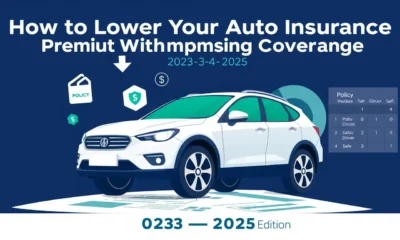
 Insurance5 months ago
Insurance5 months agoHow to Lower Your Auto Insurance Premium Without Compromising Coverage (2023–2025 Edition)
-

 Car Insurance3 months ago
Car Insurance3 months agoComparing Online vs Agent-Based Car Insurance: Pros & Cons
-
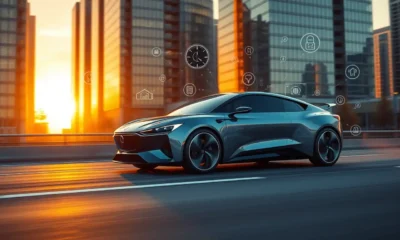
 Car Insurance4 months ago
Car Insurance4 months agoSmart Cars and Smart Policies: How Auto Insurance is Getting Smarter
-
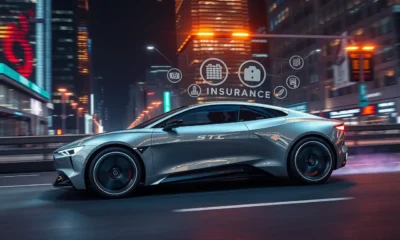
 Business4 months ago
Business4 months agoSubscription-Based Auto Insurance: Flexible Coverage for 2025
-
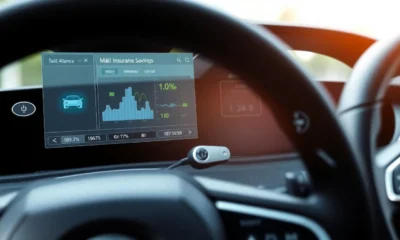
 Insurance4 months ago
Insurance4 months agoHow Telematics Devices Affect Your Insurance Premium
-

 Business4 months ago
Business4 months agoHow AI Chatbots Are Changing the Way You Buy Car Insurance



